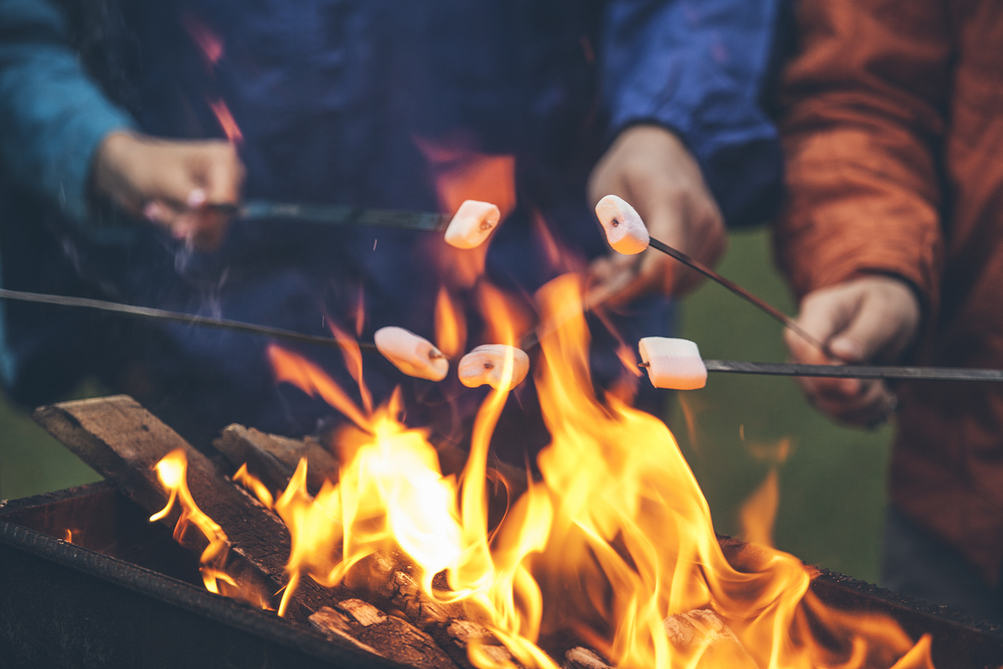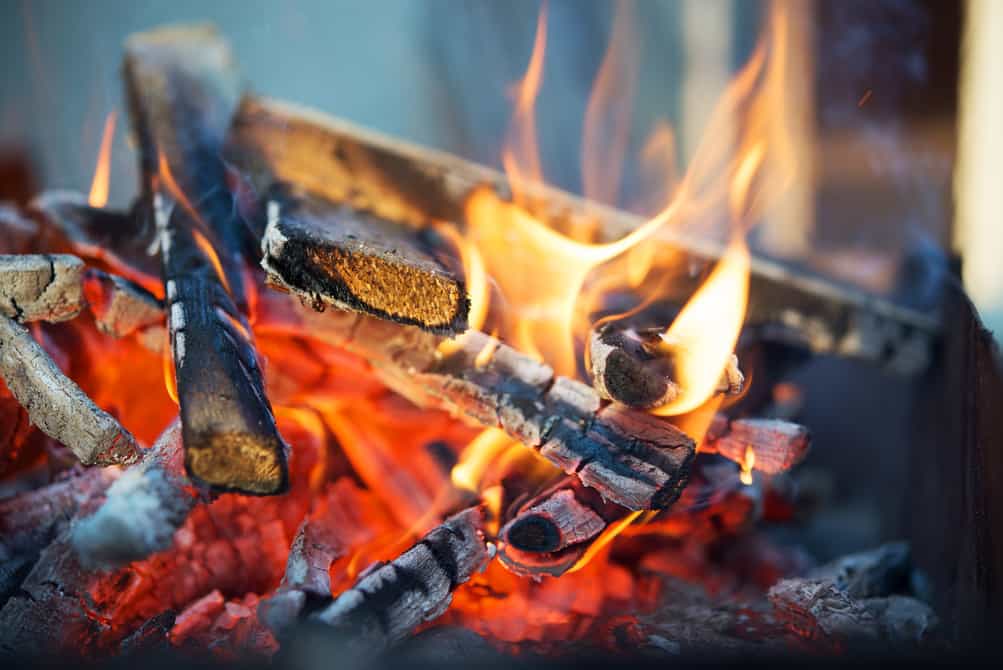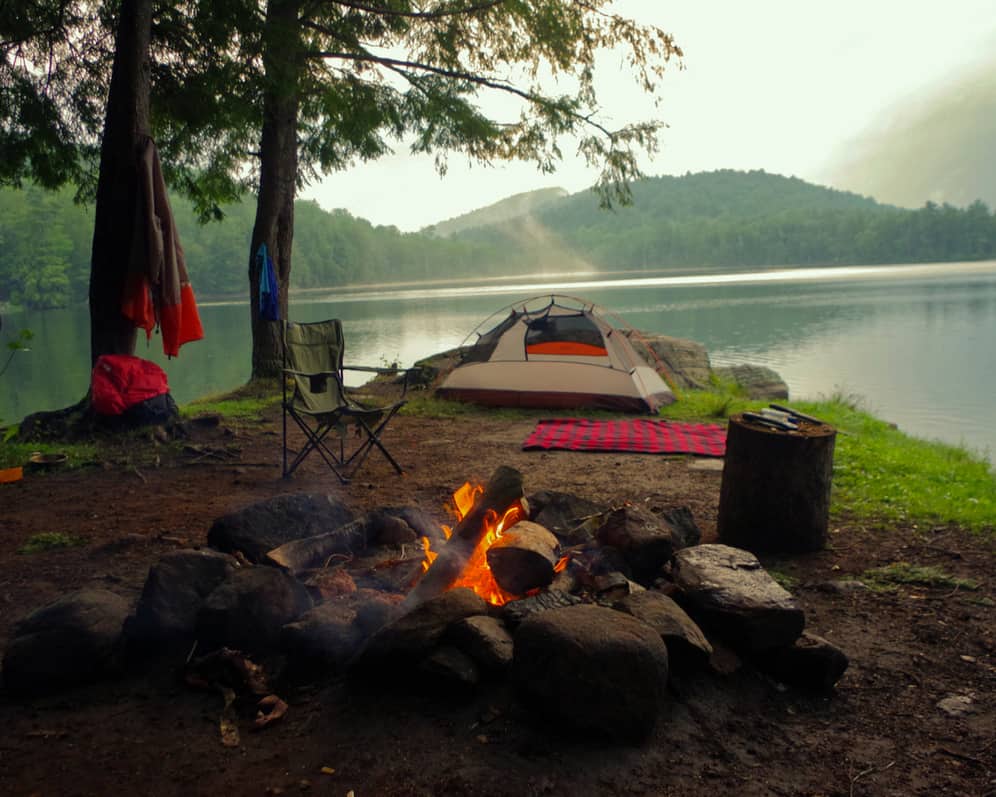Planning how much firewood you need for camping is crucial for a cozy, enjoyable trip. Whether you’re gathering around the fire for warmth, cooking, or ambiance, running out of wood can put a damper on your adventure.
This guide breaks down exactly how much firewood to bring, factors that affect your needs, and expert tips to make sure you’re always prepared.
Key Takeaways
- Plan for 2–3 bundles of firewood per night for a standard campfire experience.
- Increase your supply for cooking, colder weather, or larger groups.
- Choose hardwoods for longer, hotter burns; use softwoods for quick fires or kindling.
- Buy firewood near your campsite to prevent pest spread and comply with regulations.
- Always check local firewood rules and consider bringing extra to stay comfortable.
Estimating Your Firewood Needs
The Quick Rule of Thumb
For most campers, 2–3 bundles of firewood per night is enough for a typical evening campfire (about 3–4 hours). Each bundle usually contains 5–6 split logs and weighs 0.75–1 cubic foot.
Firewood Estimate Table
| Campfire Duration | Minimum Bundles Needed | Bundles Needed (Cooking) |
|---|---|---|
| 1 hour | 1 | 1–2 |
| 2 hours | 1–2 | 2–3 |
| 4 hours | 2–3 | 3–5 |
| 6 hours | 3–4 | 5–7 |
- Weekend trip (2 nights): 5–8 bundles
- Weeklong trip (7 nights): 15–22 bundles
These estimates are based on common outdoor guidelines and recommendations from experienced campers and park services.

What Affects How Much Firewood You’ll Need?
1. Fire Size and Duration
- Bigger or longer fires burn more wood. A small, contained fire for ambiance uses less than a roaring bonfire.
2. Cooking Over the Fire
- Cooking increases wood use. Plan for an extra bundle per meal cooked over the fire.
3. Wood Type
- Hardwoods (oak, maple, hickory): Burn longer/hotter—ideal for warmth and cooking.
- Softwoods (pine, spruce): Burn faster—best for kindling or short fires.
4. Weather and Conditions
- Cold, wet, or windy weather requires more wood to maintain heat and keep the fire going.
5. Group Size
- Larger groups may want a bigger fire or multiple fires, so scale up your supply.
Firewood Buying, Gathering, and Regulations
Buying Firewood
- Buy locally: Purchase firewood near your campsite to avoid transporting invasive pests.
- Bundle sizes: Most campgrounds and stores sell standard bundles (0.75–1 cubic foot).
Related: Where to Buy Firewood for Camping?
Gathering Firewood
- Check rules: Many parks prohibit gathering wood to protect local ecosystems.
- If allowed: Only collect dead, downed, dry wood. Never cut live trees or use green wood.
Firewood Regulations
- Fire bans: Always check for local fire restrictions or burn bans, especially in dry seasons.
- Leave No Trace: Follow campground guidelines to minimize environmental impact.
Expert Tips for Efficient Campfire Planning
- Store wood off the ground and covered to keep it dry and ready to burn.
- Bring a fire starter (like kindling, newspaper, or firelighters) for easy ignition.
- Have a backup: If you’re unsure, bring an extra bundle or two—better safe than sorry!
- Practice campfire safety: Keep fires small, never leave them unattended, and fully extinguish before sleeping or leaving.
Frequently Asked Questions
How much firewood is in a bundle?
A typical bundle contains 5–6 split logs and measures about 0.75–1 cubic foot—enough for 1–2 hours of moderate fire.
Can I bring firewood from home?
It’s best to buy firewood near your destination. Transporting wood can spread invasive insects and diseases that harm forests.
What’s the difference between hardwood and softwood for campfires?
Hardwoods burn longer and hotter, making them ideal for warmth and cooking. Softwoods ignite quickly and are great for kindling, but burn up faster.
What if there’s a fire ban?
Always check local regulations before your trip. If there’s a fire ban, use a portable stove for cooking and skip the campfire.
Related: How to Use a Camping Stove: A Brief Guide

Checklist: Firewood Planning for Campers
- [ ] Check local firewood rules and fire bans
- [ ] Estimate bundles needed (2–3 per night, more for cooking or cold)
- [ ] Buy firewood near your campsite
- [ ] Bring fire starter and kindling
- [ ] Store wood off the ground and covered
- [ ] Practice fire safety and Leave No Trace principles
Conclusion
Bringing the right amount of firewood can make or break your camping experience. As a general rule, plan for 2–3 bundles per night, adjust for your group size, weather, and cooking needs, and always buy locally.
With these tips and your checklist, you’ll stay warm, well-fed, and ready to enjoy every moment around the campfire.

Leave a Reply